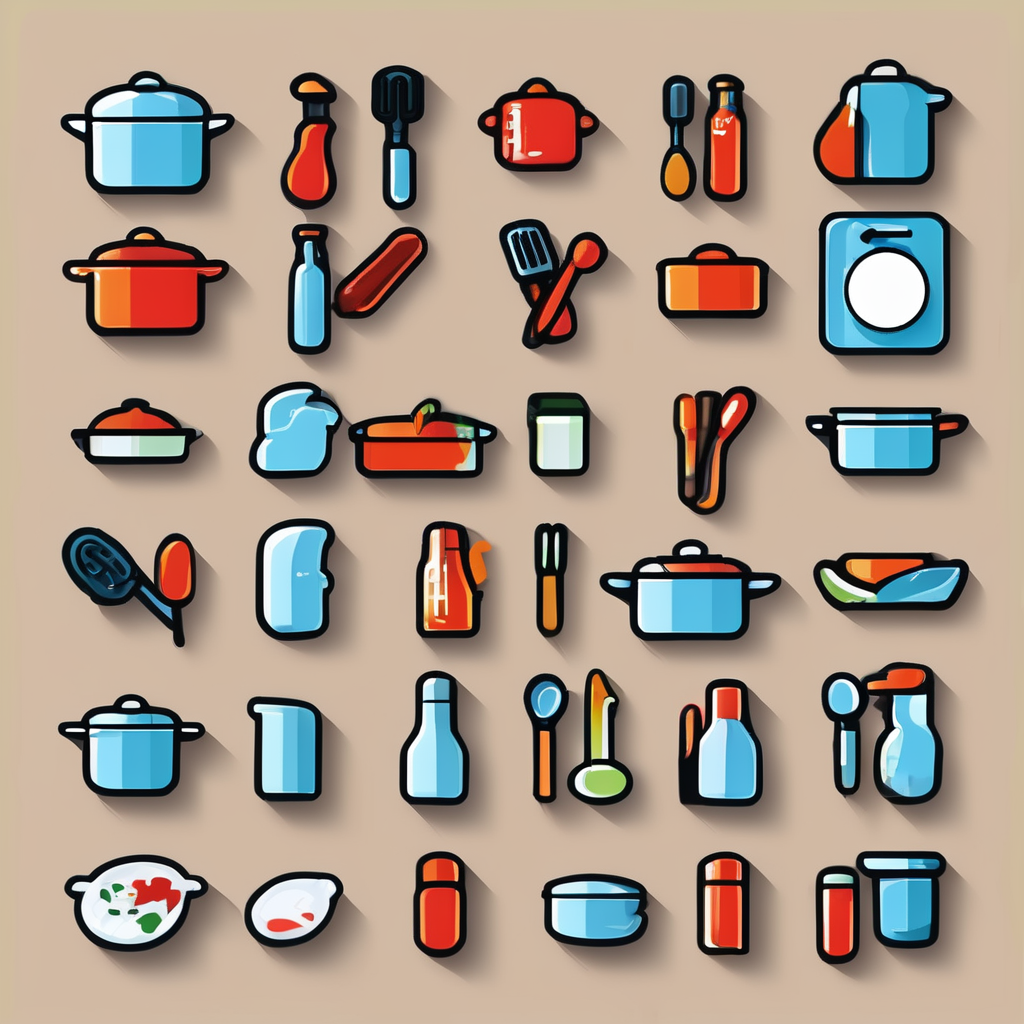The Psychology of Colour in Kitchen Design
The study of colour psychology is crucial in creating kitchen spaces as it delves into how different colours can influence our emotional response. Each hue has the power to evoke specific feelings—ultimately shaping our experience in the kitchen. Warm colours such as red, orange, and yellow are known to stimulate activity and conversation, making them popular choices for kitchens aiming to enhance social interactions.
Colours also play a vital role in influencing one’s mood and perception during meal times, as they can affect how we taste and enjoy food. For instance, there’s evidence suggesting that warmer tones enhance the appeal of meals by creating a sense of warmth and comfort. Conversely, cooler hues like blue and green might suppress appetite, often being associated with tranquillity and calmness.
Also to discover : Discover the Perfect Kitchen Stool: Key Ergonomic Features for Improved Posture and Digestion
The environment created by colour choices significantly impacts appetite stimulation. Kitchens filled with vibrant colours can energise and increase hunger, whereas subtler palettes might create a relaxed dining atmosphere. Understanding these effects empowers homeowners to design spaces that reflect their personal tastes and enhance their dining experiences.
Impact of Specific Colors on Appetite and Satisfaction
Understanding the color influence on appetite is paramount in kitchen design. Let’s explore how different hues contribute to mood enhancement and meal satisfaction.
Additional reading : The Ultimate Handbook for Choosing the Ideal Automatic Soap Dispenser for an Immaculate Kitchen
Warm Colors and Their Effect
Red, orange, and yellow are colours that hold the reputation for stimulating the appetite. These hues not only enhance dining environments but also carry cultural significance in many culinary spaces. For example, restaurants often use these colours to encourage faster eating and higher turnover rates. Numerous case studies have showcased how these vibrant colours are successfully integrated into residential kitchens, boosting social interactions and making meals more enjoyable.
Cool Colors and Their Effect
In contrast, blue and green are often associated with calmness and relaxation. These cooler shades can subconsciously suppress appetite, as they are less frequently found in natural food sources. Psychological studies suggest that kitchens with these shades create a serene and peaceful dining atmosphere, which may lead to decreased consumption during meal times. Visual examples abound where cool colours are effectively incorporated to promote mindfulness and tranquillity during dining.
Neutral Colors and Their Versatility
Neutral colours, such as beige, grey, and white, provide a balanced backdrop that supports a wide range of kitchen aesthetics. These colours often enhance satisfaction by highlighting food presentation and cleanliness. Experts suggest combining neutral tones with strategic accent colours to avoid a bland design, ensuring the kitchen remains visually appealing and dynamic.
Research Findings on Color and Dining Experience
Exploring the impact of colour on the dining experience reveals fascinating insights drawn from comprehensive research studies. These studies highlight how colours influence food perception, affecting both visual appeal and appetite reactions. Researchers have consistently shown that warm colours like red and yellow enhance appetite, making meals appear more appealing. Conversely, blue tones can have an appetite-suppressing effect, due to their association with calm and tranquillity.
Expert opinions further illuminate the differences in colour strategy between commercial and residential kitchen design. In restaurants, bold and warm hues are preferred to increase turnover by encouraging faster dining. Conversely, residential kitchens often showcase a mix of warm and cool tones to balance stimulation and relaxation, based on personal preference.
Lighting profoundly impacts how these colours are perceived in dining spaces. Strategically placed lighting can intensify or soften colour effects, further influencing the ambiance and dining experience. For instance, brighter lights can enhance the stimulating attributes of red, while softer lighting may complement the calming nature of blue. As such, lighting design works synergistically with paint choices to craft the perfect environment for meals.
Practical Tips for Choosing Kitchen Colors
Selecting the perfect colours for your kitchen involves much more than simply picking hues that please the eye. Understanding the link between colour selection and kitchen decor is crucial. By integrating smart design tips, you can create a kitchen that reflects your personality and sustains your lifestyle.
Assessing Personal Preferences
Personal preferences are key when choosing kitchen colours. Paying attention to individual tastes and daily routines ensures that the chosen palette complements your lifestyle. For instance, those who relish vibrant social gatherings might lean towards warm hues, which boost conversation and energy. Listening to testimonials from homeowners who have tailored their kitchen colours based on personal preferences offers valuable insights.
Creating a Cohesive Colour Palette
A harmonious colour palette can transform your kitchen’s aesthetics. Consider selecting complementary colours that accentuate each other naturally. Incorporate furnishings and decor to align with your chosen shades, ensuring cohesiveness in kitchen decor. Utilising samples and visualisation tools can aid in envisioning the final look, making the decision-making process smoother and more informed.
Using Visual Aids for Decision Making
Creation of a mood board helps in visualising how colours interact within the kitchen space. Resources such as design websites and magazines provide excellent visual aids for sourcing inspiration. Leveraging these tools enables better-educated colour decisions, leading to a more personalised and satisfying kitchen design.
